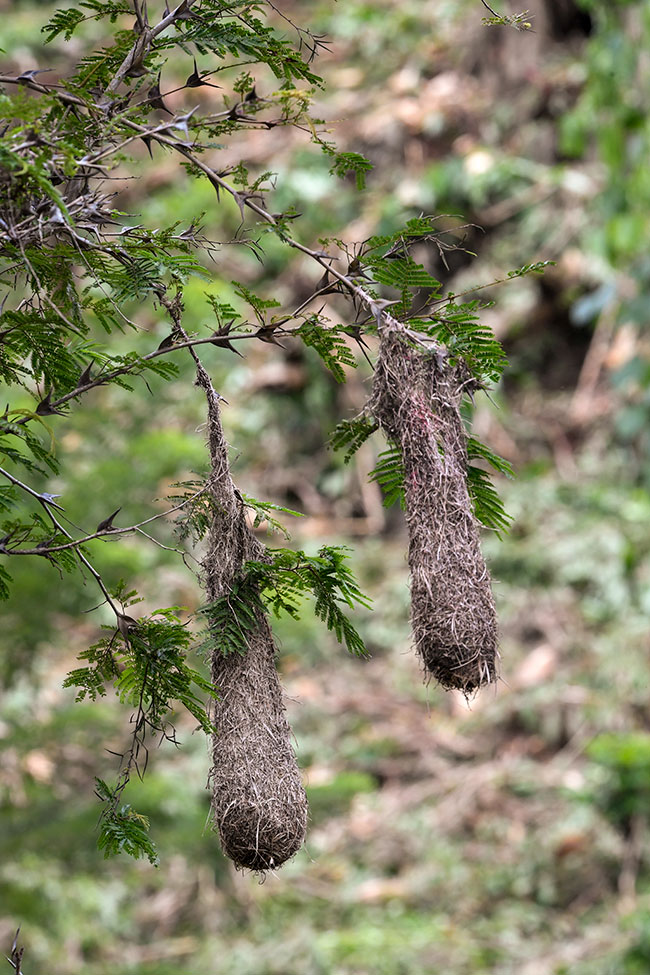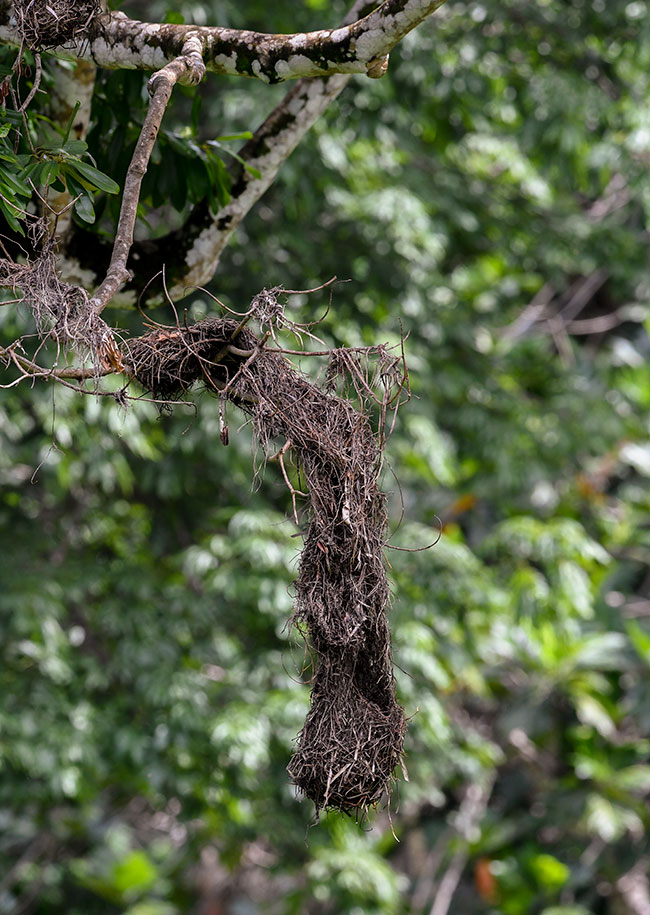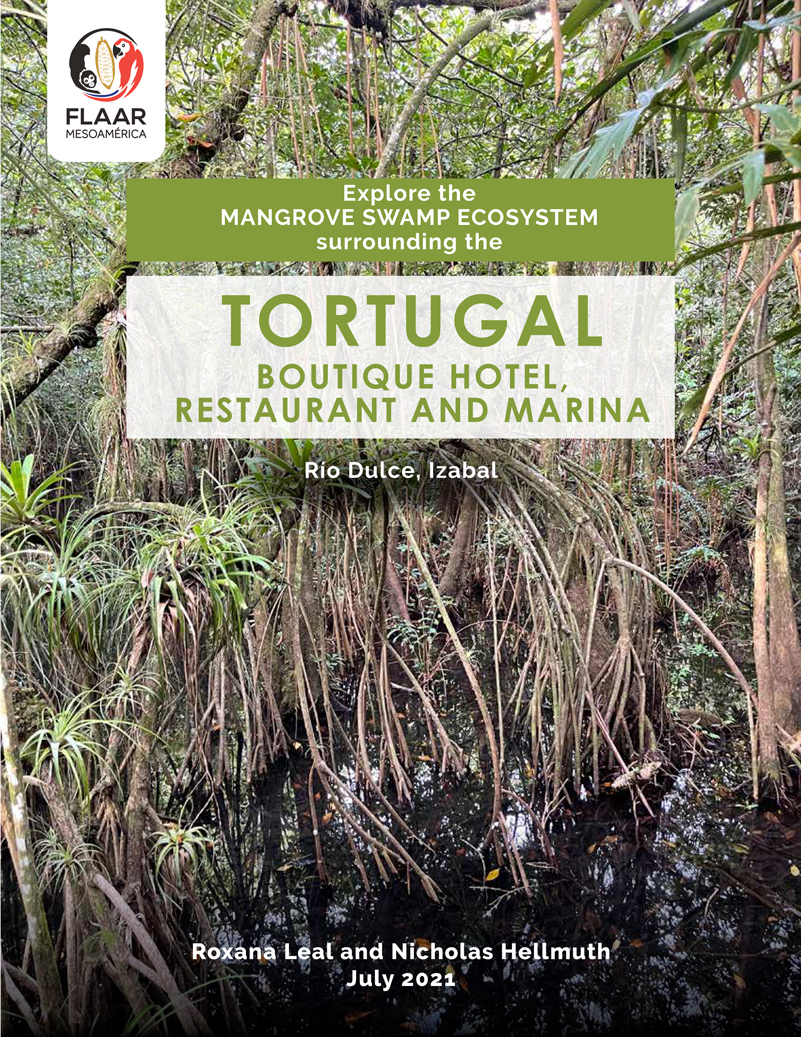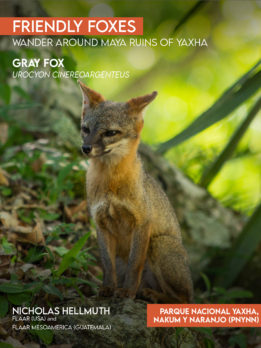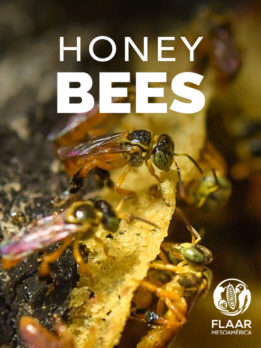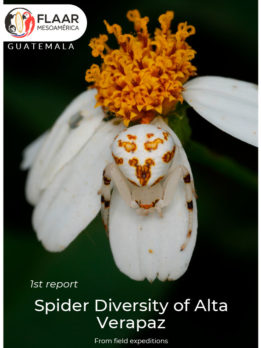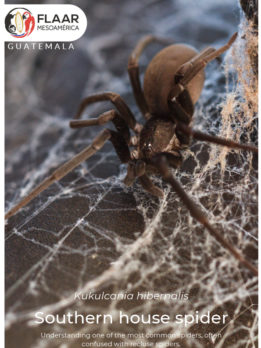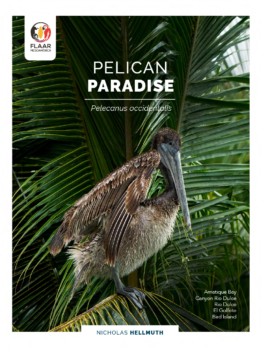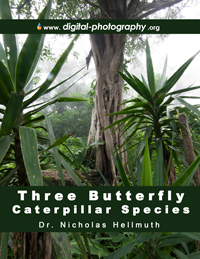Nests of chestnut-headed oropendola, Psarocolius wagleri
We found nests of the slightly smaller of the two oropendola species in several places in Alta Verapaz. One nest site was in a giant Ceiba pentandra tree (Cahabon). Ceiba pentandra is the favorite tree for the slightly larger nests of Montezuma oropendola. These chestnut-headed oropendola are much more adept at adapting themselves to any size and shape and species of tree, even bull-horn acacia trees (Subin) near Senahu, Alta Verapaz. We found three nests in Subin. Several months later we found two other tree species for nests a few minutes north of Senahu.
These chestnut-headed oropendola are much more adept at adapting themselves to any size and shape and species of tree, even bull-horn acacia trees (Subin) near Senahu, Alta Verapaz. We found three nests in Subin. Several months later we found two other tree species for nests a few minutes north of Senahu.
During late August it was possible to find four trees with oropendola bird nests in the mountains of Alta Verapaz, Guatemala.
One nest colony was using a Ceiba pentandra tree, in the middle of downtown Cahabon, near the soccer stadium. Ceiba trees are normally associated with the Montezuma oropendola, found throughout the Peten forests, north of Alta Verapaz. I was surprised to find these birds making their colony in the middle of a town (making it a longer distance to fly to food sources). But there are not many ceiba trees in Alta Verapaz (there are many more in Peten or in Costa Sur).
We found a fifth tree, near a river about 30 minutes from Cahabon, which was neither Ceiba nor Acacia. Perhaps it was a laurel, but we were not able to identify it. We have no photographs since the local people said we should ask permission of the village council if we wished to photograph in their village. This would have taken several hours, so we politely declined to photograph this tree. We prefer to only photograph when we have local permission.
In the future we would like to study the construction sequence of the nests. Snag is that we would have to be in front of the tree for 30 days. That is tough to be in a remote area an entire month just for a single species. But a stop-motion sequence would be amazing.
The following information is from standard references, such as Chapman 1928 (who was able to do all his observations out his window…). For us to get from our window to the bird nests is a two day round trip drive even to get to the nearest town, and then an hour back and forth to the tree.
- It takes about one month to build the nest
- 17 days for the eggs to hatch
- 4 weeks before the young birds fly away.
CHAPMAN, Frank
1928 The nesting habits of Wager’s oropendola (Zarhvnchus wagleri) on Barro Colorado Island. Bulletin American Museum Natural History.
Sadly, local people chop down the trees which support oropendola colonies
Of the two acacia trees south of Senahu which were full of oropendola nests in late August, one had been chopped down my local milperos. They said it provided too much shade for their maize crop.
We would like to prepare booklets in Q’eqchi’ Mayan language to explain that it might be helpful to preserve the trees which provide a host site for harmless birds.
New chest-headed oropendola nest sites north of Senahu
Our plant scouts Vilma and Heidy and their father Alberto found two more nest sites about 10 minutes north of Senahu. They took us to two more nest sites in early November. One was in a tree which looked to me like a pine tree but local people call this a cypress. About a hundred meters away was another nest in a different tree species.
The birds had of course abandoned these nests by November and about 75% of the nests had fallen down.
Senaida found three or more additional nest sites in mid-November
While Senaida was taking her younger sister to the hospital in Teleman in mid-November, she said she noticed several more trees with oropendola nests. Since Teleman is not far above sea level, it will be interesting to see at what elevation the lowest nest of chestnut-headed oropendola nests are found. At Tikal, 242 meters above sea level, you find only Montezuma oropendola.
For the newly discovered chestnut-headed oropendola, we will take notes on what species of trees are used as nest sites.
First posted in mid-February 2017.


